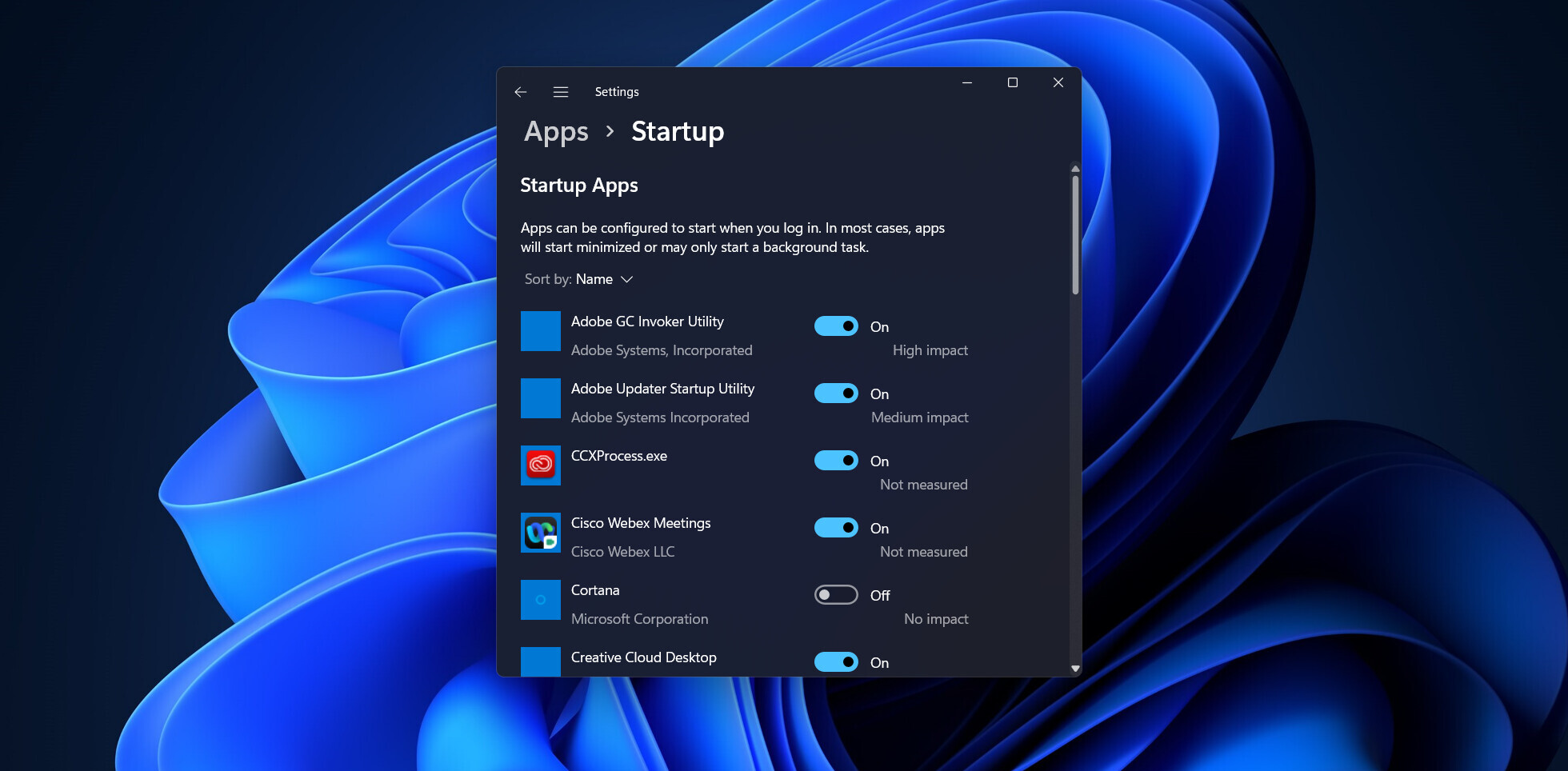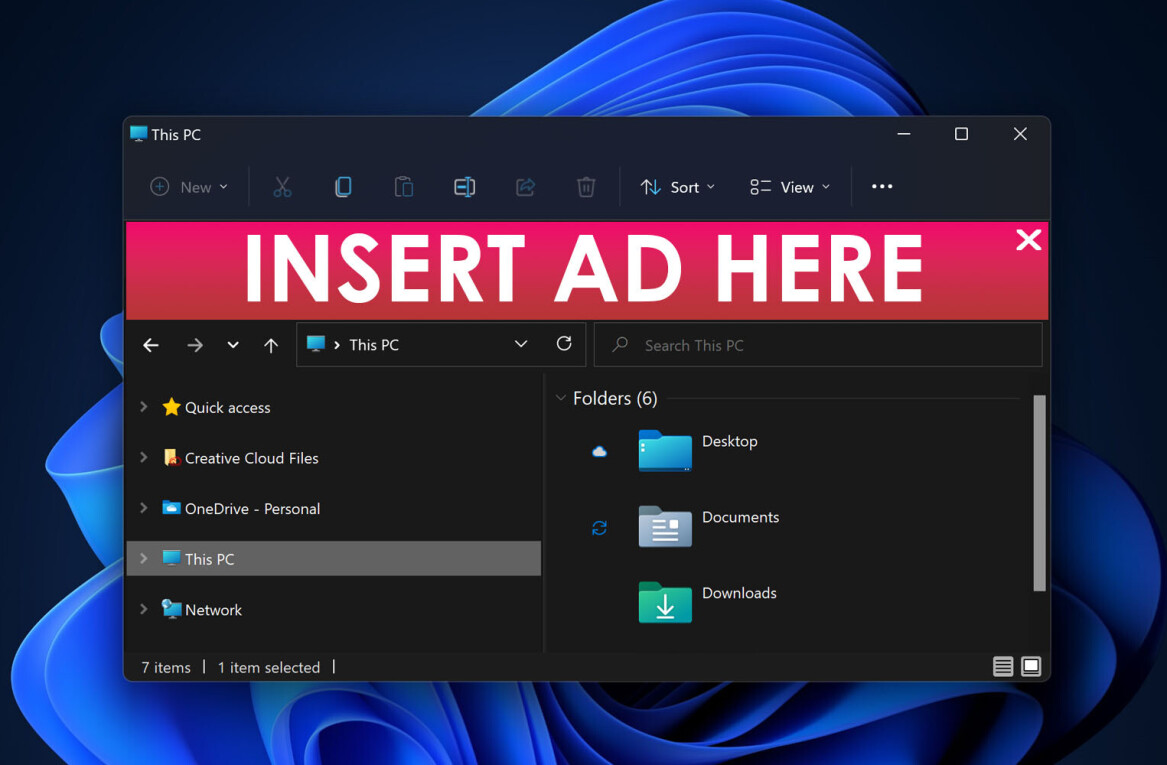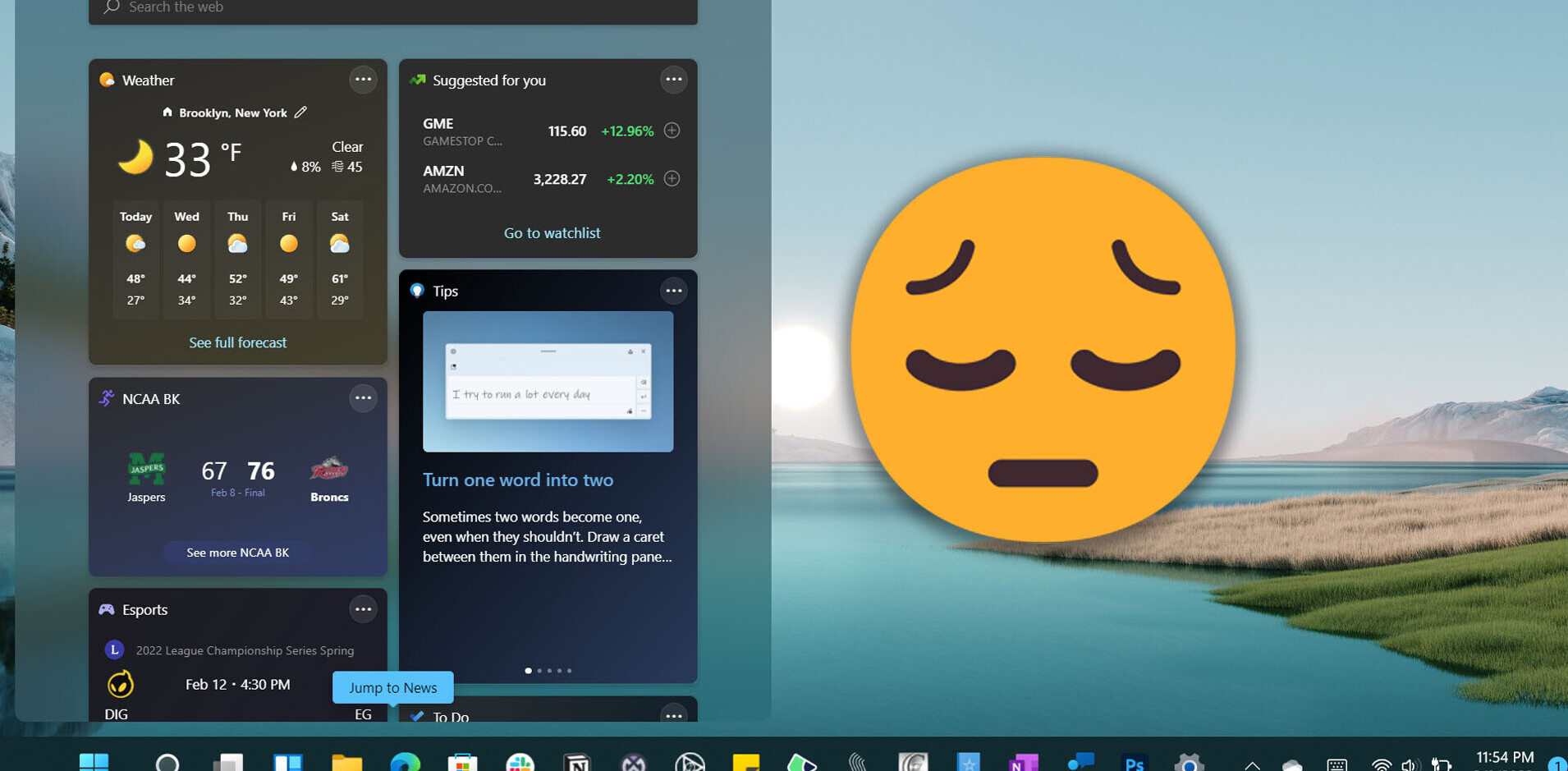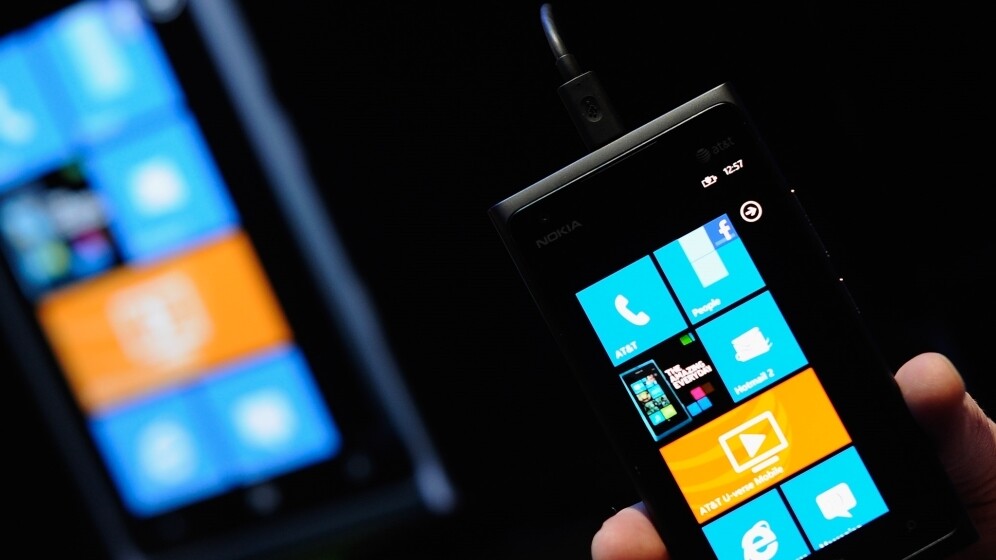
So, the iPhone event came and went, people argued on Apple’s innovation credentials, the Android vs. iOS debate reared its head again. Another week in this bubble we call ‘tech’.
Given that the Android and iOS stranglehold on the smartphone market exceeds 90%, it’s understandable why they tend to dominate the headlines from a mobile perspective. And with BlackBerry looking set to go the way of the dodo – as a smartphone manufacturer, at least – that pretty much leaves Microsoft’s Windows Phone as the only real contender to the status quo out there (Firefox OS, yeah yeah), though admittedly it languishes far behind in third place.
But a lot of change is afoot at Microsoft Towers: Ballmer is making way for a new CEO, and it finally caved in and snapped up Nokia’s Devices and Services division. One last big throw of the dice for Windows Phone, guided by a new visionary. Perhaps.
However, the one giant stick in the mud is apps. Or ‘lack’ thereof. The issue has been a perennial pain in the posterior for Windows Phone, as it looks to play catch-up with iOS and Android.
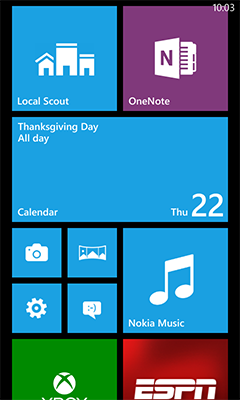 Few people question the quality of the Windows Phone 8-hosting devices – Nokia’s flagship Lumia handsets are solid and beautiful, offering arguably the best camera functionality of any smartphone. We called the Lumia 1020 a camera that makes calls. And Windows Phone 8 with its Live Tiles is a refreshing departure from the square-icon-laden interfaces of Android and iOS.
Few people question the quality of the Windows Phone 8-hosting devices – Nokia’s flagship Lumia handsets are solid and beautiful, offering arguably the best camera functionality of any smartphone. We called the Lumia 1020 a camera that makes calls. And Windows Phone 8 with its Live Tiles is a refreshing departure from the square-icon-laden interfaces of Android and iOS.
There’s no question that Windows Phone is a compelling proposition, but it’s all about the apps, right?
The state of play
We took a quick peruse through some of the top Android and iOS apps, and checked which were available on Windows Phone, and which aren’t. And we’re talking ‘official’ here, meaning that it’s produced either by the company itself or by Microsoft/Nokia. As you’d expect, many are missing in action.
What there isn’t
There’s no Google Maps, but there is the home-grown Maps and Here Maps, and while there’s no official Gmail app there are some reasonable third-party efforts, plus you can set up native Google Sync support with your Windows Phone. There’s no Chrome either, though there is a bizarre pseudo-Chrome app that redirects to Internet Explorer.
There’s no Instagram app yet, but there’s a decent third-party effort, plus there is an official Hipstamatic app. And because Google’s attention lies elsewhere, YouTube has arrived on the scene via Microsoft’s own developers…but due to a series of squabbles, Google is currently blocking access.
They may be coming soon, but still no sign of Vine, Path or Flipboard. Dropbox is missing too, as is SoundCloud, RunKeeper and Yahoo Mail, though a reasonable third-party incarnation exists for that. Throw into the mix no Firefox, Airbnb, Snapchat, Uber, Wikipedia and Pinterest, and it’s clear that many companies have yet to embrace Windows Phone.
The point to all this, of course, is that yes, there are many apps missing from Windows Phone. But you knew that already. On the flip side, however, there are probably more first-party native Windows Phone apps than you thought, and Microsoft has the financial clout to try and push for more.
What there is
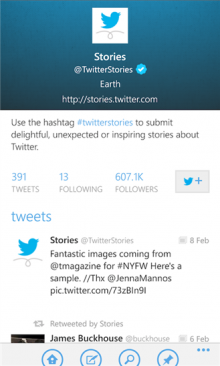 The likes of Skype (naturally), Twitter, WhatsApp, BBC iPlayer (UK), Amazon, Amazon Kindle, Angry Birds, TuneIn Radio, Shazam, Spotify, Netflix, Evernote, PayPal, LinkedIn, Tumblr, WordPress, Foursquare, LivingSocial, and Runtastic are all present and correct. So is eBay, though it’s lacking a little functionality. IMDb, too, has an app but it hasn’t had much in the way of updates for a while, similar to Google Search, while Rdio lacks some basic functionality compared to its iOS and Android brethren. But there is a fully functional Words With Friends courtesy of Zynga, which will please many would-be defectors. The less said about Fart Machine, the better.
The likes of Skype (naturally), Twitter, WhatsApp, BBC iPlayer (UK), Amazon, Amazon Kindle, Angry Birds, TuneIn Radio, Shazam, Spotify, Netflix, Evernote, PayPal, LinkedIn, Tumblr, WordPress, Foursquare, LivingSocial, and Runtastic are all present and correct. So is eBay, though it’s lacking a little functionality. IMDb, too, has an app but it hasn’t had much in the way of updates for a while, similar to Google Search, while Rdio lacks some basic functionality compared to its iOS and Android brethren. But there is a fully functional Words With Friends courtesy of Zynga, which will please many would-be defectors. The less said about Fart Machine, the better.
What…no Facebook? Actually, there is – Microsoft has taken the trouble to develop an incarnation off its own steam, given that Zuck & Co. haven’t bothered. As for Groupon, well, Nokia sorted that one out.
There are are many, many more little ditties on the Windows Phone Store too, from calculators to flight search engines. And when you consider that all you really need is an Internet connection and a mobile browser, there’s no real reason why Windows Phone shouldn’t appeal to large segments of the smartphone-buying population.
So why doesn’t it?
Self-fulfilling prophecy
For me and many reading this, the lack of so many native apps is of course a problem. But I’d go as far to say that many – if not most – people don’t really care about a large percentage of these apps.
My mum, girlfriend, buddies, postman… they would all get by absolutely fine on Windows Phone. They don’t use Vine, Uber or Snapchat on their iPhones and Androids. Working in the technology industry, be it as a programmer, marketer or journalist, this can blind us to what people actually want from their smartphones.
“Windows Phone’s big problem is a lack of apps”… AAANND repeat. We seem to have repeated it so many times that it’s become a self-fulfilling prophecy.
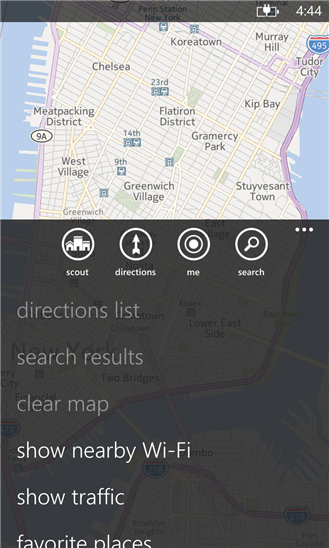 I’d posit that a good browser, Facebook, Twitter, Kindle, YouTube, Spotify, email, maps and directions, camera and perhaps a few others are ample for many people. But the fact remains people aren’t ditching Android and iOS for Windows Phone, so I’m not convinced it’s entirely down to a lack of native apps. Not directly, at least.
I’d posit that a good browser, Facebook, Twitter, Kindle, YouTube, Spotify, email, maps and directions, camera and perhaps a few others are ample for many people. But the fact remains people aren’t ditching Android and iOS for Windows Phone, so I’m not convinced it’s entirely down to a lack of native apps. Not directly, at least.
Word-of-mouth plays a big part in the gadgets that non-techies buy, and Microsoft can’t quite get that mindshare among the general smartphone-buying populace because the message that’s trickling down from those ‘in the know’ (developers, techies, journalists and so on) is that Android and iOS are the only worthwhile mobile platforms – because of their app-count. And thus, in a roundabout sort of way, a lack of apps does indeed become one of Windows Phone’s biggest problems. Just not for the reason everyone cites.
It’s understandable why more developers don’t pay a lot of attention to Windows Phone – it doesn’t have the user base to justify it. But Microsoft could conceivably get all the ‘missing in action’ apps we mention above and it wouldn’t make a difference – what it has to really do is get inside the minds of the general public, and keeping things simple is key.
Keep it simple, stupid
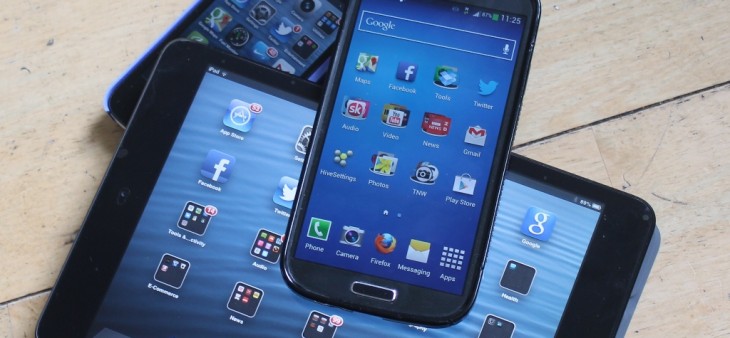
Despite Android being the most dominant mobile operating system, it still plays second fiddle to iOS from an apps perspective.
It’s very unusual for any app to hit Android before iOS, and some apps can take their time to make it to Android at all. Vine took six months to hit Android after iPhone, while Instagram took more than a year. Nike+ Fuelband? 18 months on, we’re still waiting. And there are many little non-big-brand independent apps that are fantastic, but will never see the light of day on Android. It’s also worth adding that Google is far less stringent on the quality of apps that pass through its gates compared to Apple.
Yes, Android has app problems of its own. Much of this has been put down to the fragmentation of Android devices – a myriad of form factors and OS versions are difficult to cater for, with iOS there’s really just the iPhone and iPad. So why does Android flourish? The answer is simple – Google.
The Internet giant had already emerged as a dominant online player while Microsoft was still resting on its Office and Windows laurels. As such, it was well-positioned to embrace the cloud, with Google Docs, Maps, Earth, Search and an innovative new email service called Gmail. It also saw the future of mobile and acquired Android way back in 2005. Throw everything together into a giant melting pot, make it open source so any OEM can use it, add a pinch of Google+, and you have one mighty mobile giant.
Microsoft has elements of this too – it has taken Office to the cloud, given Hotmail the elbow for Outlook, introduced Bing Maps and Search and has Windows Phone. But it all just feels a little too late – Google had gained the mindshare of the mobile online masses establishing a firm foothold and, well, that’s difficult to budge. As for Apple, well, the quality of its hardware was ahead of the competition from the start, and it pretty much kickstarted the app ecosystem we all see today.
But now that Microsoft owns Nokia’s mobile business, it has to start simplifying its device-range. I started losing track of the number of handsets Nokia sent to market this year alone, some featuring Windows Phone, some not.
Under Microsoft’s stewardship, it should phase out many of these devices – at least from a marketing perspective. It should also lose the S40 operating system. It needs to keep things simple, focus on a handful of low-, mid- and high-end phones. If it can strike the right balance between the singularity of iOS and fragmentation of Android with 3 or 4 really notable devices, it can simplify its marketing message and hopefully see some growth. This may even mean restricting Windows Phone to Nokia devices, letting HTC, Huawei and Samsung put all their eggs in Android’s basket.
Also, if there’s one thing Microsoft has, it’s money. Armed with a few flagship phones, it can strike more partnerships with high street retailers to position its handset(s) front-and-center when people walk in-store.
So yes, Windows Phone needs to get more quality native apps, but that isn’t the root of its problems. It’s merely a symptom of the overarching problem, which is this perception that everybody needs tonnes of apps on their smartphone. If all those people who are content with just a few of the big-name apps, Internet Explorer and a good mobile camera got on board with Windows Phone, the native apps would take care of themselves in due course, once developers realized it was a viable platform.
But over and above all this, there’s one thing Microsoft certainly should not do. It shouldn’t mock its competitors in such a crass manner, because it smacks of desperation and doesn’t reflect well on the company. Does it really believe that by bad-mouthing Apple it will tempt people on board with Windows Phone? It’s crazy, and whoever takes over the reins from Ballmer should put their foot down fast.
Photo credit: Kevork Djansezian/Getty Images
Get the TNW newsletter
Get the most important tech news in your inbox each week.
